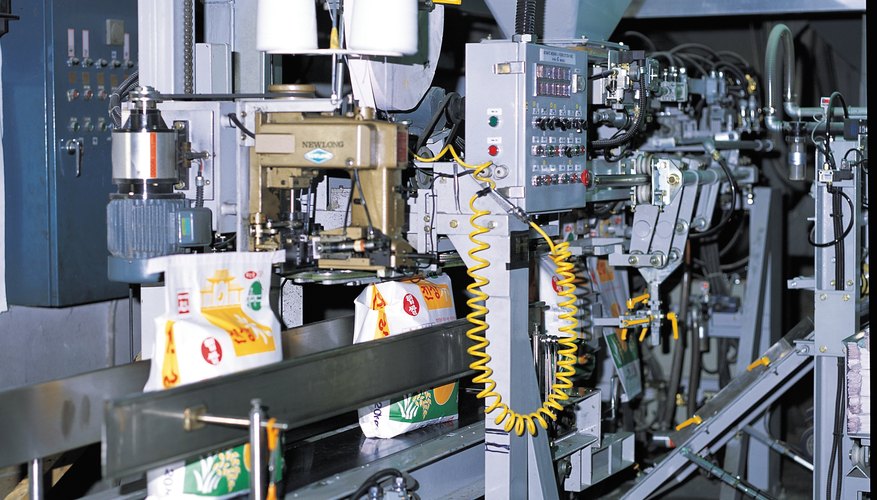PLC stands for programmable logic controller. PLCs are a type of computer used to control engineering and industrial processes. They feature inputs such as "Start" and "Stop" buttons and outputs including indicator lights that give information to operators. A central processing unit (CPU) manages a PLC's functions. PLCs are available in two types, modular and fixed. Modular PLCs have several advantages over fixed PLCs.
Expanding an existing process
A fixed PLC is cheaper than a modular PLC and is useful for performing stand-alone tasks. However, if you expand an existing process you have to replace a fixed PLC. You do not need to replace a modular PLC because you can add extra capacity to it.
Adding new functions to a process
Instead of expanding an existing process, you may need to add new functions. A fixed PLC comes in the form of a self-contained unit. It has non-removable input and output terminals. When you add new functions to a process, you must therefore install a new fixed PLC. A modular PLC is part of a rack system. You can add extra modules to the rack as necessary without replacing the original PLC.
- Instead of expanding an existing process, you may need to add new functions.
- When you add new functions to a process, you must therefore install a new fixed PLC.
Upgrades
An industrial or engineering process could require upgrading to meet new standards. A fixed PLC has a limited memory and a restricted number of inputs and outputs, making it impossible to upgrade. You can upgrade a modular PLC because of its larger memory and its separate, plug-in input and output system.
Repairs
Because fixed PLCs are self-contained units, they are hard to repair. You can replace damaged circuit boards and other parts of a modular PLC quickly and easily.
Troubleshooting
When a fixed PLC fails, you may struggle to find the cause of the problem because the inputs, outputs, power supply and central processor are one unit. A modular PLC consists of different parts that plug into each other. You can find the cause of a problem and rectify it more quickly than with a fixed PLC.
